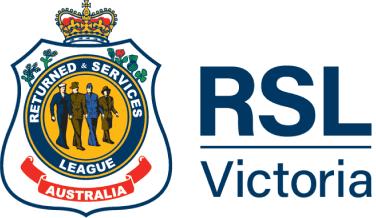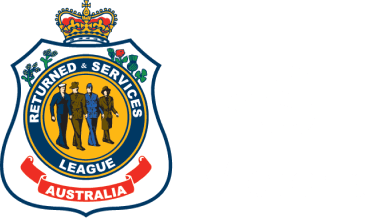National Reconciliation Week (NRW) is an opportunity for all Australians to learn about our shared histories, cultures and achievements.
As part of the week, RSL Victoria is highlighting the contribution of Indigenous Australians to our country’s military service.
It’s interesting to note that before 1980, individuals enlisting in the defence forces weren’t asked whether they were of Indigenous background.
As a result, little was known about their involvement before the 1970s. However, ongoing research into the number of Indigenous men and women in the armed forces is constantly evolving.
According to the National Archives of Australia, there were approximately 1,000 Aboriginal and Torres Strait Islander people who served with the Australian Imperial Force in World War One.

Despite military restrictions barring Indigenous service up until World War Two, Indigenous service can be dated to the start of the Commonwealth era in 1901, if not earlier. Aboriginal and Torres Strait Islander people have served in every conflict and commitment Australia has been involved with, including both world wars.
Despite this, stories have emerged over time showing it was often the case that the courage and sacrifice of serving Indigenous Australians was not recognised upon their return and they faced the same discrimination they thought they had left behind.
One such story is that of Private Miller Mack, a Ngarrindjeri man who served in the First World War.
During a Last Post Ceremony as part of National Reconciliation Week, the Australian War Memorial told his story.
“105 years after his death, and with the support of his community and Aboriginal Veterans South Australia, Miller Mack’s Last Post Ceremony was read by Chaplain Sonja Nugent (Royal Australian Navy) in the Commemorative Area of the Australian War Memorial: recognising his service and sacrifice as an Australian soldier fighting for the country he loved,” said Rachel Caines, AWM Historian.
As recently as last year, the Australian War Memorial identified at least 60 Indigenous men who served for Australia during the Korean War, with most of the men having served with the army contingent.
Australian War Memorial Director, Matt Anderson said that the ongoing effort to identify Indigenous service men was “part of the Memorial’s determination to ensure all who have served, suffered and died in the defence of our freedoms are recognised.”
Captain Reg Saunders, who fought in the Battle of Kapyong, has become a prominent Indigenous figure. His contribution was so profound that one of the scholarships RSL Australia grants to children and grandchildren of Australian veterans is named in his honour.
Each year, two Reg Saunders Scholarships are awarded to Aboriginal or Torres Strait Island students who plan to use their skills or profession for the benefit of their community.
“Captain Reginald Walter Saunders was a very well-respected soldier and leader and was the first identifiable Aboriginal to be commissioned as an officer in the Australian Army,” said RSL Australia.
In a statement, RSL Victoria said it “recognises and honours the service and sacrifice of First Nations communities and their ongoing contribution to the Australian Defence Force.”
“We will continue our work towards equity and better outcomes for all servicepeople. We strive for the inclusion of all service personnel, celebrating the diversity that strengthens our ability to support veterans from various cultures.”

